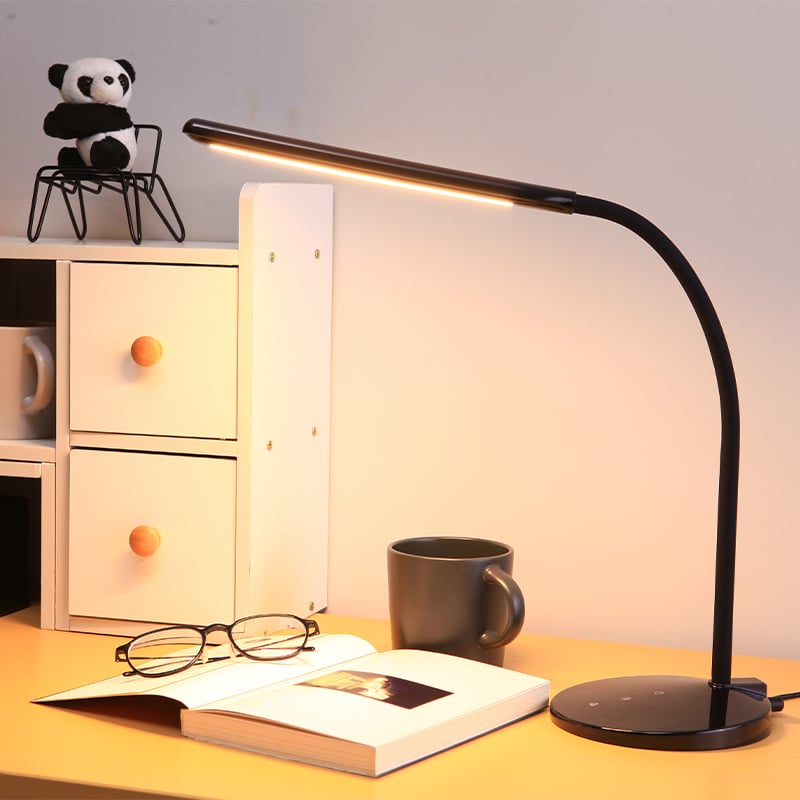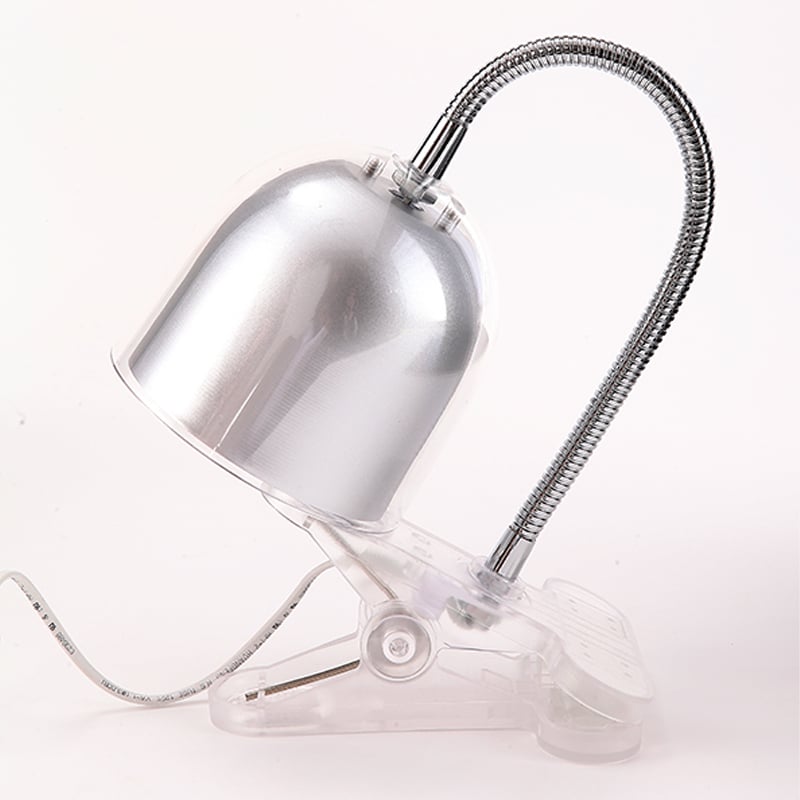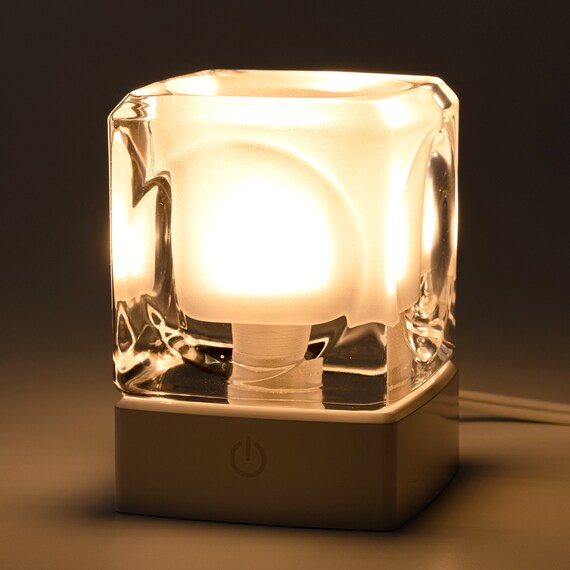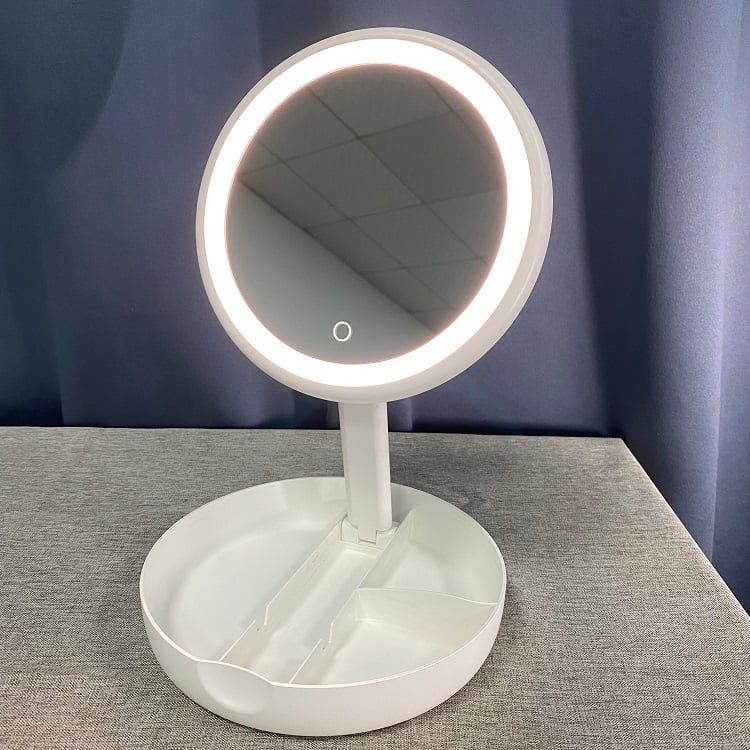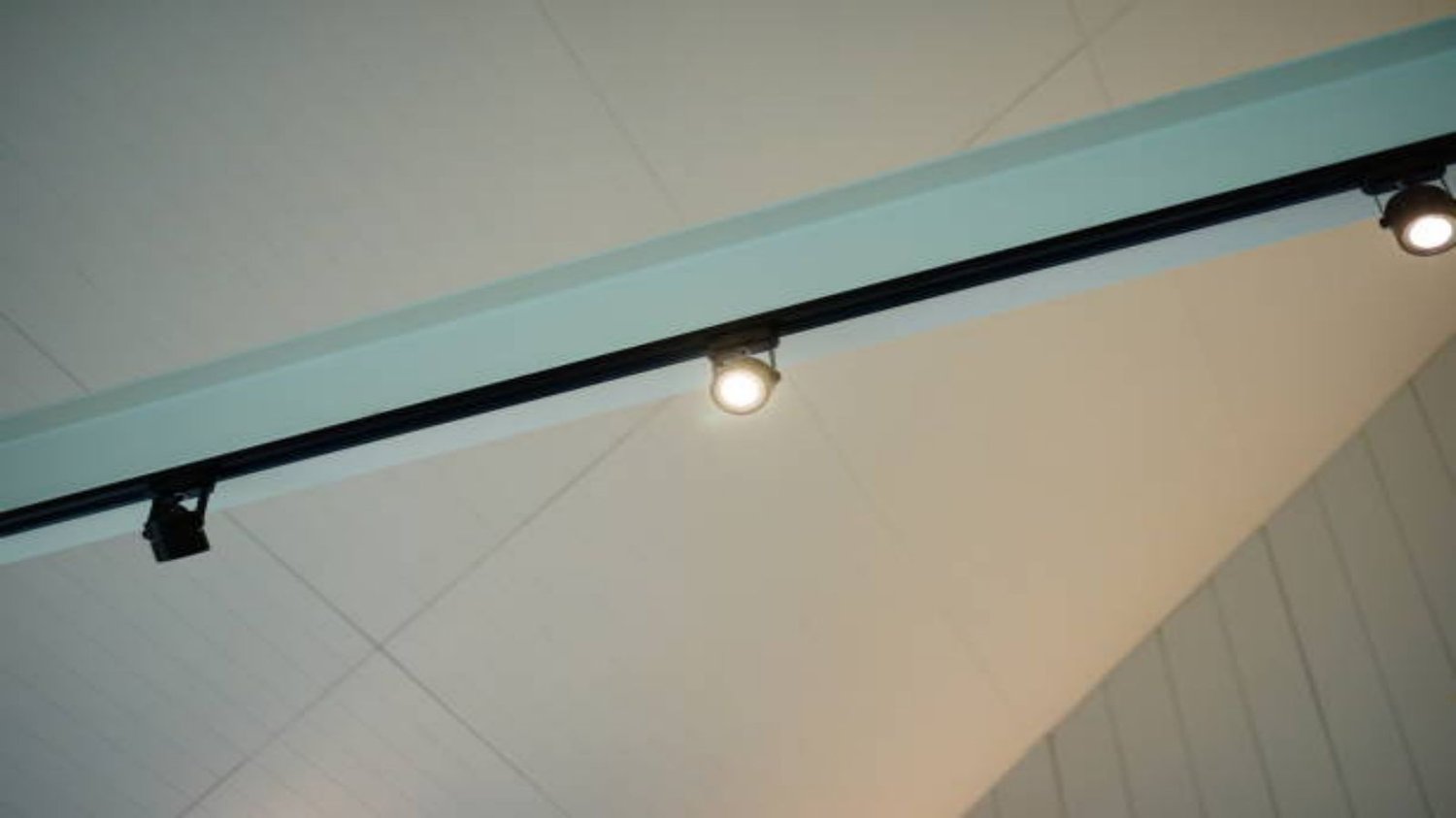Introduction
ceiling light motion sensors have become increasingly popular in recent years due to their convenience, energy efficiency, and added security benefits. These innovative devices can detect movement in a room and automatically turn on the lights, eliminating the need for manual switches. In this article, we will explore the various aspects of ceiling light motion sensors, including their functionality, installation process, benefits, and potential applications.
How Do Ceiling Light Motion Sensors Work?
Ceiling light motion sensors work by utilizing a combination of technologies, including infrared, ultrasonic, and microwave sensors. When a person enters the sensor's detection range, it sends a signal to the lighting system, triggering the lights to turn on. The sensors can detect both motion and heat, ensuring accurate and reliable activation even in low-light conditions.
Installation Process
Installing a ceiling light motion sensor is a straightforward process that can be completed by most homeowners. Before installation, it is important to turn off the power supply to the existing light fixture. The motion sensor is then wired between the power source and the light fixture. Some models may require additional wiring for more advanced features, such as adjustable sensitivity or timed shut-off. Once the wiring is complete, the sensor is mounted on the ceiling, preferably in a central location for optimal coverage.
Benefits of Ceiling Light Motion Sensors
1. Energy Efficiency: Ceiling light motion sensors are a great way to save energy. By automatically turning off the lights when a room is unoccupied, they prevent unnecessary energy consumption and lower electricity bills.
2. Convenience: No more fumbling for light switches in the dark! Ceiling light motion sensors provide effortless lighting control, especially in areas where hands-free operation is desired, such as hallways, closets, and bathrooms.
3. Enhanced Safety and Security: Motion-activated lights can deter potential intruders by giving the illusion of occupancy. They also eliminate the risk of tripping or stumbling in the dark, reducing the likelihood of accidents.
Potential Applications
1. Residential Use: Ceiling light motion sensors are commonly used in residential spaces to improve convenience and energy efficiency. They can be installed in various areas, including bedrooms, kitchens, garages, and outdoor spaces.
2. Commercial Use: Many commercial establishments, such as offices, retail stores, and warehouses, benefit from the installation of ceiling light motion sensors. These sensors can help reduce energy costs and provide a more comfortable environment for employees and customers.
3. Public Spaces: Public buildings, such as libraries, schools, and hospitals, can also benefit from ceiling light motion sensors. They ensure that lights are only on when needed, resulting in significant energy savings for these institutions.
Choosing the Right Ceiling Light Motion Sensor
When selecting a ceiling light motion sensor, there are a few factors to consider:
1. Detection Range: Determine the size of the area you want the sensor to cover and choose a model with an appropriate detection range.
2. Sensitivity Adjustment: Some sensors allow for sensitivity adjustment, ensuring that they are not triggered by small movements or pets.
3. Additional Features: Advanced motion sensors may offer features such as adjustable timers, daylight sensing, or the ability to connect to a smart home system.
Maintenance and Troubleshooting
Ceiling light motion sensors require minimal maintenance. However, it is important to keep the sensor clean and free from dust or debris to ensure optimal performance. If the lights fail to turn on or off correctly, check the sensor's settings and sensitivity adjustments. In some cases, a simple reset or sensor replacement may be necessary.
Conclusion
Ceiling light motion sensors provide a convenient and energy-efficient solution for lighting control in both residential and commercial settings. With their ability to automatically detect movement and turn on the lights, they offer enhanced safety, security, and convenience. By understanding their functionality, installation process, benefits, and potential applications, you can make an informed decision when incorporating ceiling light motion sensors into your space.

